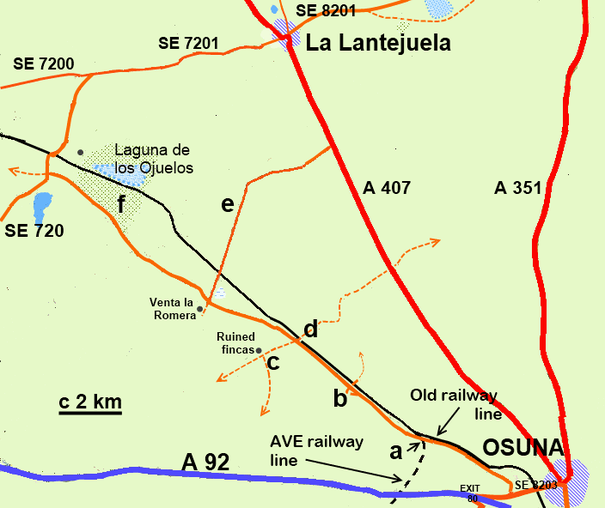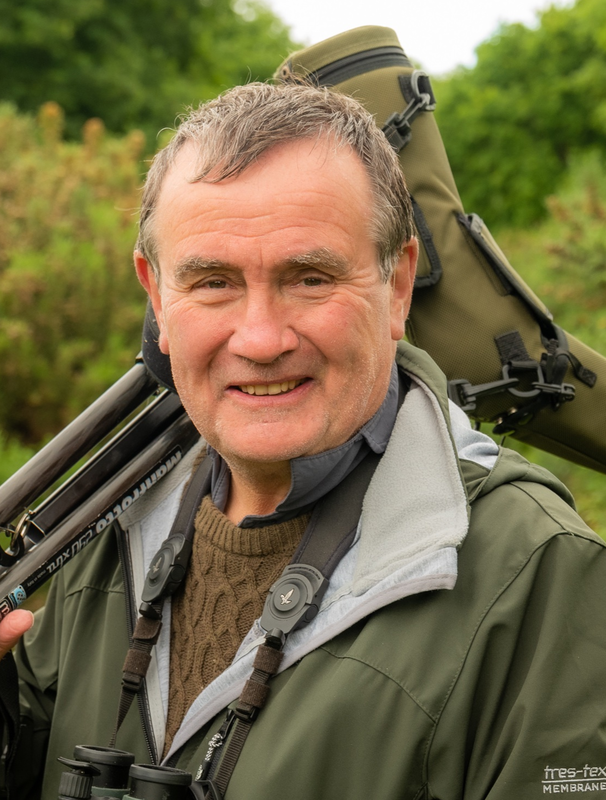
The passage is carefully monitored by the 'Foundacion Migres' (www.fondacionmigres.org) supported by volunteers from across Europe. Their watchpoints (see the photo at the top of the page) are dotted along the coast. They produced detailed reports (in Spanish) giving details of the migration and analysing the figures so painstakingly collected. All good stuff and yet ....... To be honest, with the honourable exception of some (usually Scandinavian) volunteers, I've often felt someting of an unwanted interloper when I've arrived at 'official' watchpoints. When I've left it's felt like I'm slinking away rather than saying 'Cheerio!' to like-minded enthusiasts (as it should be). Now, to be fair, to a great degree the fault is mine as I don't speak Spanish and, of course, the watchers do have a serious job to do. Even so, it's always seemed to me that the absence of even the most rudimentary 'whiteboard' detailing recent (or even current) movements has typified the attitude that, somehow, visiting birders are a nuisance to be endured. Surely, I've argued with the more friendly types, some sort of effort to inform or educate wouldn't be too hard to organise! Yes, I know their work is 'pure science' and above such petty populism, but without public support where would conservation be?







 RSS Feed
RSS Feed
